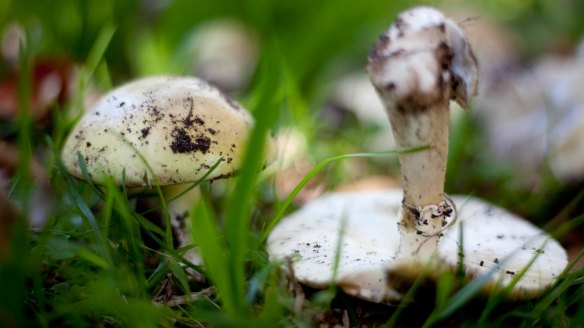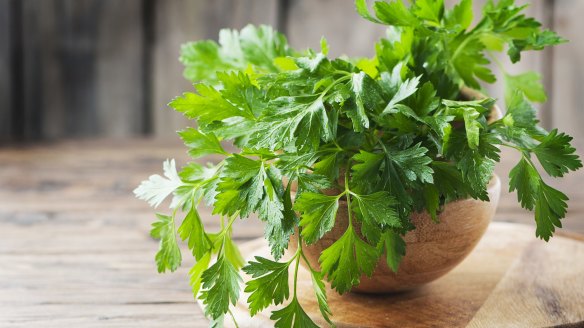How to tell poisonous and edible mushrooms apart

I have just started foraging mushrooms. How do I tell a poisonous one from an edible one? K. Ling
Easy! By the way you clutch your abdomen in the hospital emergency department. Sorry, yes I am being dramatic. But only recently eight people were hospitalised with wild mushroom poisoning. Things have changed since I picked field mushrooms on our farm as an eight-year-old and sold them on the side of the road for 50 cents a pound. (Today those same mushrooms are being sold in farmers markets for $45 a kilo). Spores of deadly northern hemisphere poisonous mushrooms have found their way to Australia and now grow under oak trees in our public gardens. Death cap mushroom look like edible mushrooms from northern Asian and have claimed the lives of several people recently arrived from China. I recommend to anyone considering foraging to first get an education from someone like Cameron Russell in Victoria at mushroomtours.com or Diego Bonetto in NSW. Australian-born mushroom expert Alison Pouliot has written a brilliant book, The Allure of Fungi, about 1000 days in the forests of the world telling stories of mushroom culture. You can find it at alisonpouliot.com.

Is there anything one can do with parsley stalks besides put them in stock? They are so full of strong flavour. R. Mischlewski
I just had an image of a culinary Morticia Addams from The Addams Family presenting a deheaded bunch of parsley to a chef de partie. But I digress. While parsley stems are tough, they still impart the same fresh, sharp hit of chlorophyll as the leaves, along with an earthy bass note. Take a sharp knife and very finely slice the stems and add them to a potato salad. Soak washed and trimmed stems in a marinade of a few tablespoons of cider vinegar mixed with half a teaspoon of sugar and a quarter of a teaspoon of salt. Cover and leave for a day. Remove for the marinade, drain, and chop into 2mm thick slices and sprinkle over a salad. Delicious.
Letters
I wish I had a column just to publish the scores of glorious letters we receive at the Brain Food Institute each week. This came in from A. McIlwain, who wrote in about baking paper and pavlovas. "Back in the 1960s my late mother was the pavlova queen of Tamworth. She did a bit of country wedding catering and her pavlovas were the essential dessert. No baking paper in those days. She used the new-fangled aluminium foil. Just line the baking tray with the foil, shiny side up, and pile on the meringue mixture. The foil just peels away when the pavlova has been taken out of the oven and cooled a little. By the way, she always decorated the pavlovas on the flat base side. She piled on a mountain of whipped cream and avalanches of bananas and strawberries and passionfruit pulp."
Send your vexing culinary conundrums to brainfood@richardcornish.com.au or tweet to @Realbrainfood.
- More:
- Food
- Brain food
